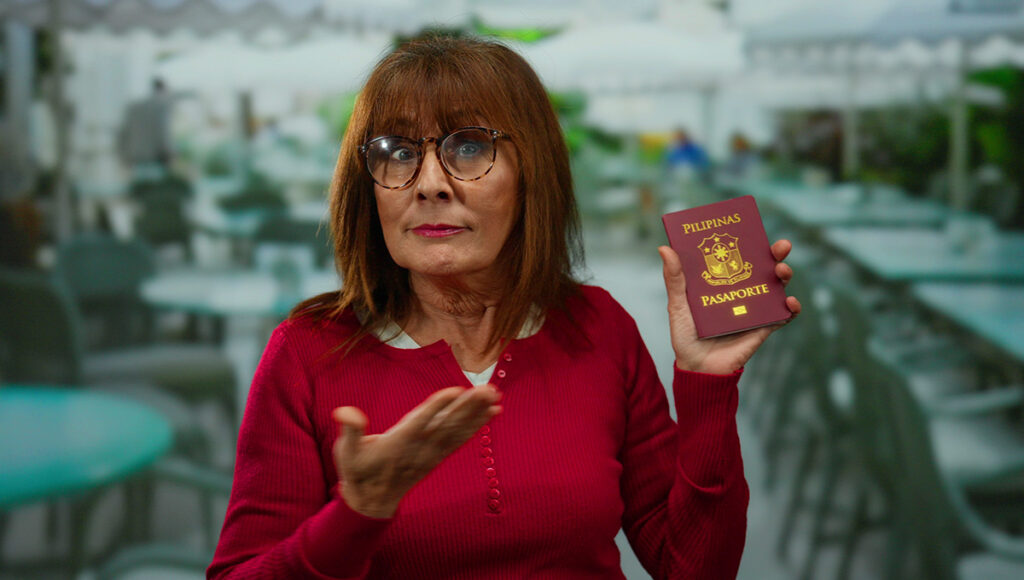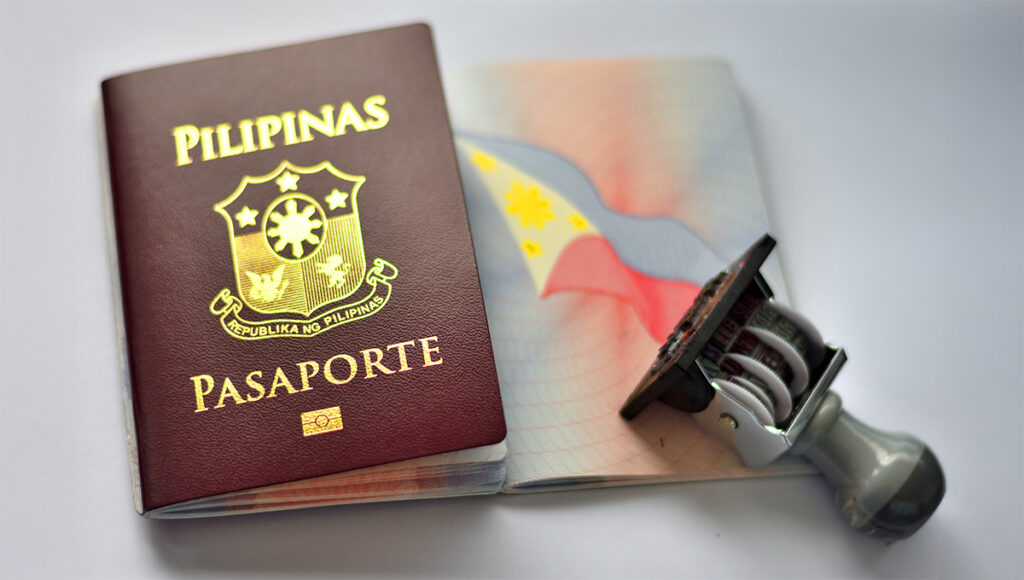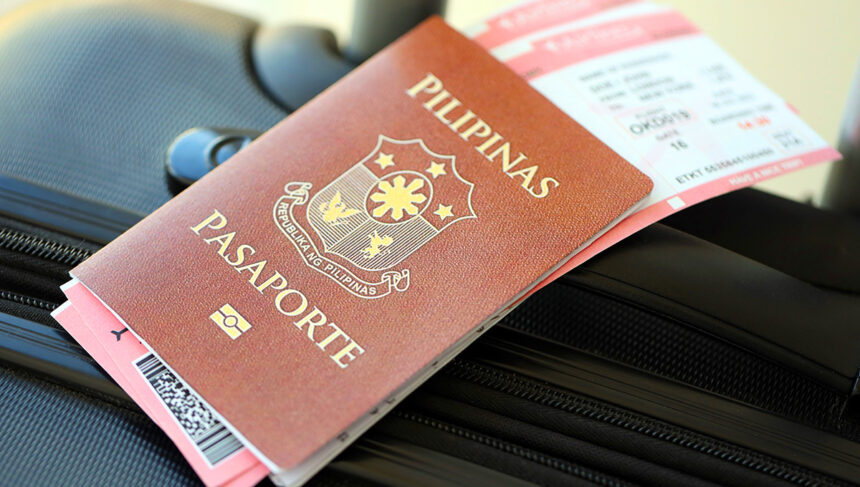To the adventurer in Philippines: welcome to an over 7,600 islands sun-drenched archipelago, where emerald rice fields flow down ancient volcanoes and turquoise waters kiss shores of powdery white sand. From the vibrant, pulsating heart of Manila to the serene, untouched beauty of Palawan’s lagoons, this is a country that captivates and enchants. More often than not, a planned one-month trip turns into a longing for more time, more experiences, and more memories.
If you have come across yourself wishing that your journey was not going to end that soon, then you are at the right spot. This is a manual which acts as a master key to your stay extension, including everything you need to know about Philippines visa extension, so the adventure in the Philippines can be as long as you want.
Step-by-Step Guide to Philippines Visa Extension
Why would you like to extend your visit?
Most nationals are given the permission to enter without a visa for the Philippines, generally, for a 30-day stay. For example, citizens of Brazil and Israel are given a 59-day stay. The first period is good for a brief visit, but for those who want to dive deep into the country’s culture and visit more far-off islands, just to slow down and take it easy, a longer stay would be the best option. A successful Philippines travel experience often leads to the desire for more.
In common, the process of extending a tourist visa is done in a simple way by the Bureau of Immigration (BI). It is a legal way to prolong your adventure without going out of the country. For a smooth Philippines visa extension, the process is straightforward and well-defined.
The Golden Rule: Don’t Overstay
The topmost advice that one must always follow is to make sure that your visa never expires. If you overstay your visa, you might face huge trouble as you may be slapped with high penalties, asked to go through a tedious legal process, and even be refused entry to the Philippines forever. The best and easiest way is to carry out the process of your visa extension at least one week before your current stay expires.
Where to Apply: The Bureau of Immigration

The Philippine Bureau of Immigration is the main authority that handles all the visa extension matters. Although the central office is in Manila, the few satellite offices and field offices that are scattered in various cities and tourist spots have made it possible that you do not have to be there in the capital to file your extension.
Moreover, the Bureau of Immigration also has an online platform called eServices where one can easily initiate the application process from the comfort of their home; however, a visit to the office for finalising the application and making the payment is still required. The convenience of these multiple locations makes the Philippines visa extension process accessible to all travellers.
Easy Step-by-Step Process of Visa Extending
The process is, by all means, as effective and simple as it can be. The basics of what you want to do are this:
Step 1: Collect Your Proof
Wait with the documents and go to the BI (Bureau of Immigration) Office. Don’t forget to bring the five important docs mentioned below:
- Your Original Passport: Nothing is more important (just in case it’s made of gold) than your passport. The validity should be at least six months beyond the time you want to stay.
- Photocopies: Produce copies of the passport’s (the one with your photo and details) bio page and the page where you have your last arrival stamp and visa sticker.
- Duly Accomplished Application Form: This is the Consolidated General Application Form (CGAF). You can download this from the official BI website or get a copy at the office. Fill it out completely and accurately.
- An Updated Travel Itinerary: A travel itinerary is a must have when you go abroad; however, if you intend to stay for a long time and do not have any plan on coming back, there will be no use in making one, which I suppose is better to leave for the last.
Step 2: Head to the Bus of Immigration Stop at the nearest BI office. To be free of long queues, it is advisable to go early in the morning. After you have arrived, find the “Visa Extension” counter. This is where you will begin your Philippines visa extension application. It’s a key step after a long flight to the Philippines from UK, especially if you’re looking to prolong your stay beyond the initial 30 days.
Step 3: File Your Application Hand over your filled application form along with the required documents to an immigration officer. They will check your paperwork to ensure that everything is in order.
Step 4: Make the Payment After the verification of your documents, you will be made to go to the cashier for the visa extension fees to be paid. The fares are different for each nationality, and they also depend on the continuance that you want as well as any other fees for the like Alien Certificate of Registration (ACR) I-Card, which is compulsory for longer stays. In addition, please make sure that you have an official receipt (OR) for the payment made.
Step 5: Wait for Processing In major BI offices such as the main one in Manila, a tourist visa
Extension can sometimes be done on the same day. Whereas in other, smaller offices, it might take a few business days. The immigration officer should provide you with the time you can expect the processing of your Philippines visa extension. After processing, a new visa extension will be stamped in your passport.
Fees and Costs
The payment for a visa extension is not just a single or fixed amount. It consists of several charges that combine to form the total payment. The complexity of these fees can be a key part of your Philippines visa extension preparation.
The following is a basic breakdown of the possible payments made for a visa extension:
- Extension Fee: This is the main charge for the extension work itself.
- Express Fee (if applicable): You will have the opportunity to take advantage of an express service and get an additional fee if you want faster processing.
- Alien Certificate of Registration (ACR) I-Card: For those extensions that lead to a total stay of more than 59 days, getting an ACR I-Card is required. This is a physical ID card that certifies your stay in the Philippines legally. The cost for this card is the most substantial part of the total expense.
- Fines: In case you have overstayed even by a single day, you will be imposed a penalty fee for each month of overstay. Don’t do this at any cost.
For the most accurate and up-to-date fee schedule, always refer to the Bureau of Immigration’s official website. Fee payments may also be made online through the eServices portal, where there could be extra transaction charges.
How Long Can You Stay?

The duration of the time you are permitted to be in a place will be decided by your original entry as well as your extensions.
- Initial Entry: A 30-day stay upon arrival is granted to most visa-exempt nationals.
- First Extension: Basically your first extension will allow you to stay for 29 days more, and that will be a total of 59 days of your stay. This is commonly called a “visa waiver”.
- Subsequent Extensions: You can get a 1-month, 2-month, or 6-month extension after the original 59 days.
The maximum stay on a tourist visa is 36 months (3 years) for non-visa required nationals and 24 months (2 years) for visa-required nationals, taken together. This is the limit for most nationalities. Once you hit this maximum, you will have to exit the country.
Final Tips for a Smooth Process
- Check Office Hours: The BI offices’ very small working hours in a town or a village might be a reason for the late arrival of the staff thus a very late start to the working day – so be sure about the hours and better have the answer at hand before you arrive at the door of the office!
- Dress Code: There is no official strict dress code, but it is still respectful to wear proper clothes for a government office. Shorts, sleeveless shirts, and flip-flops are not recommended.
- Keep Your Receipt: You should always keep the official receipt you receive after making a payment. This serves as your transaction evidence.
- Plan your trip in advance: Don’t procrastinate till the last moment. It means if you submit your application early, you will have ample time to solve any unforeseen problems.
- Think about the trip: After an extended UK to Philippines flight time (which ranges from 13 hours to more than 20 hours with connection times), it is advisable to rest before going to the immigration office to be awake and ready.
Not only is it easy to extend your stay in the Philippines but it also allows you to have a travel experience that is more profound and meaningful. To have a great trip to the Philippines, make sure to follow the correct steps and plan everything in advance. Booking your documents in advance for a Philippines visa extension is a key step, and World Pinoy Flights can help you organize your travel efficiently.
Book your documents in advance. Would you like to know more about what you can see in this incredible country?
This thorough guide has provided you with the fundamentals necessary to extend your stay without hassle, which will allow you to explore even more of the amazing Philippines and its offerings. You will learn while in the country that it is not only about beautiful things to see but also about the people and what they have to offer.
So, go ahead and utilize that extra time to explore, connect, and fall even more in love with all the Philippines has to offer, including your amazing Philippines holidays. As locals say, “Sige lang, lakbay pa!” – “Just keep travelling!” Your next Filipino wonder is just ahead.
FAQs for Philippines Visa Extension
How much does it cost to extend a Philippines visa?
The cost of a Philippines visa extension depends on your length of stay and whether you need an Alien Certificate of Registration (ACR) I-Card. The costs you would normally incur will see you also pay the extension fee, an express fee if you need to fast-track the processing of the extension, and the ACR I-Card fee if you are staying longer than 59 days. To get the exact costs, please check the Bureau of Immigration website or enquire in person at their office.
Can I extend my visa online?
Yes, the Bureau of Immigration provides an online service known as eServices, where you can begin the visa extension process and pay the fee from home. However, you will still need to go to a BI office to have your passport stamped and complete the process.
How many times can I extend my tourist visa?
You may renew your tourist visa as many times as you are able through a Philippines visa extension. Most non-visa required nationals are allowed to stay for up to a maximum cumulative stay of 36 months (3 years). Visa-required nationals can stay for up to 24 months (2 years). After reaching this cumulative stay limit, you will have to leave the country.
What happens if I overstay my visa?
Staying past the expiration date on a visa is a serious offence that may result in substantial fines, a lengthy legal process, and a permanent ban from returning to the Philippines. It is always best to avoid confusion and problems for violating your visa’s conditions, and you should generally submit your visa extension application at least 1 week before your authorised stay expires.
What is an Alien Certificate of Registration (ACR) I-Card, and do I need one?
An Alien Certificate of Registration (ACR) I-Card is a physical ID card. It certifies your legal stay in the Philippines. It is required of any foreigner that extends or allows their stay to exceed in total more than 59 days. The I-Card is a large portion of the full cost for longer visa extensions.









